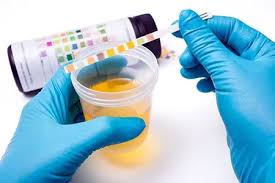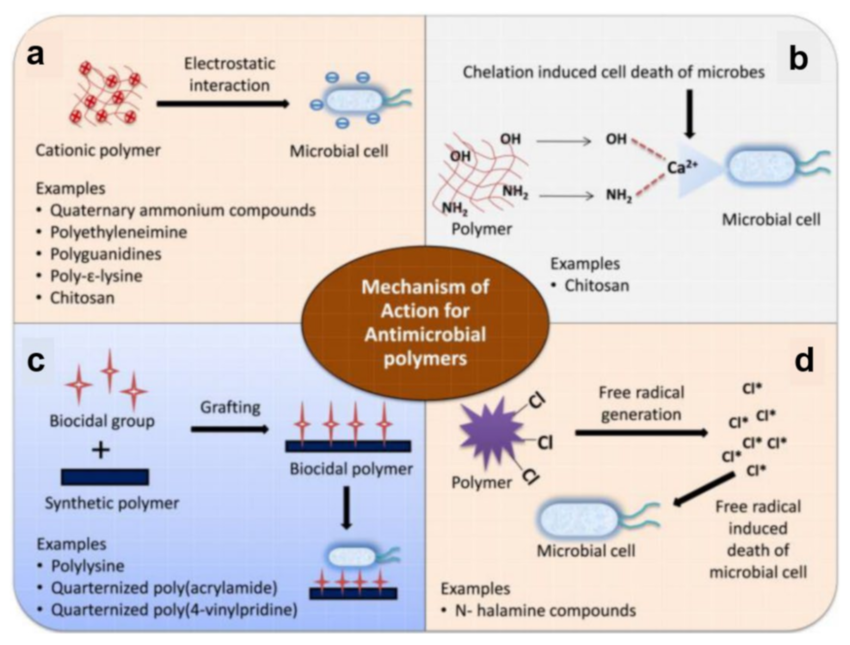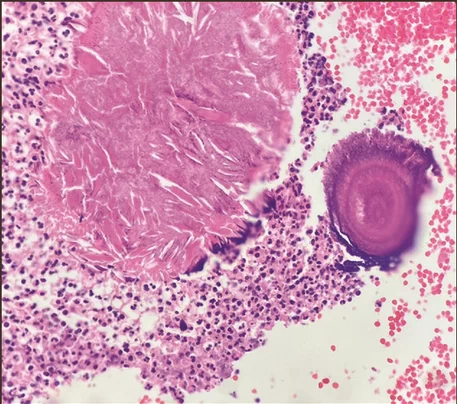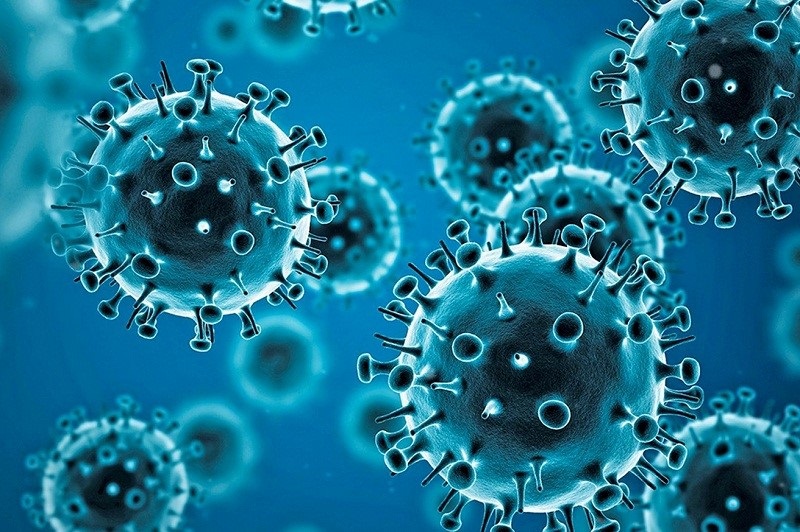
URINALYSIS INTERPRETATION CHEAT SHEET
- Leukocytes (White Blood Cells) → Infection
⚪ Meaning: Presence of white blood cells in the urine, also called pyuria
⚪ Significance: Suggests a urinary tract infection or inflammation of the urinary tract
- Nitrites → Infection
🟢 Meaning: Formed when certain bacteria convert urinary nitrates to nitrites
🟢 Significance: Indicates a bacterial infection, especially from gram-negative organisms like E. coli
- Glucose → Sugar Levels
🔵 Meaning: Normally absent in urine
🔵 Significance: Presence suggests high blood sugar levels, commonly due to diabetes mellitus or decreased renal threshold
- Urobilinogen → Liver Disease
🟡 Meaning: A breakdown product of bilirubin formed in the intestines
🟡 Significance: Elevated in liver disease or hemolytic conditions; low or absent levels may indicate bile duct obstruction
- Protein → Renal Disease
🟣 Meaning: Normally not present in significant amounts
🟣 Significance: Indicates kidney damage, especially in glomerular diseases like glomerulonephritis or nephrotic syndrome
- pH → Infection or Kidney Condition
🟠 Meaning: Measures urine acidity or alkalinity
🟠 Significance:
🟠 High (alkaline) pH: Can suggest urinary tract infection, diet effects, or vomiting
🟠 Low (acidic) pH: Can occur in diabetic ketoacidosis, starvation, or dehydration
- Specific Gravity (SG) → Dehydration
🔴 Meaning: Reflects urine concentration
🔴 Significance:
🔴 High SG: May indicate dehydration, heart failure, or concentrated urine
🔴 Low SG: May occur in overhydration or renal tubular dysfunction
- Ketones → Ketosis
🟤 Meaning: Produced during fat breakdown
🟤 Significance: Found in diabetic ketoacidosis, fasting, low-carb diets, or starvation
- Bilirubin → Liver Function
⚫ Meaning: Not normally found in urine
⚫ Significance: Indicates liver disease, such as hepatitis, or bile duct obstruction. Suggests impaired bilirubin metabolism or excretion….


